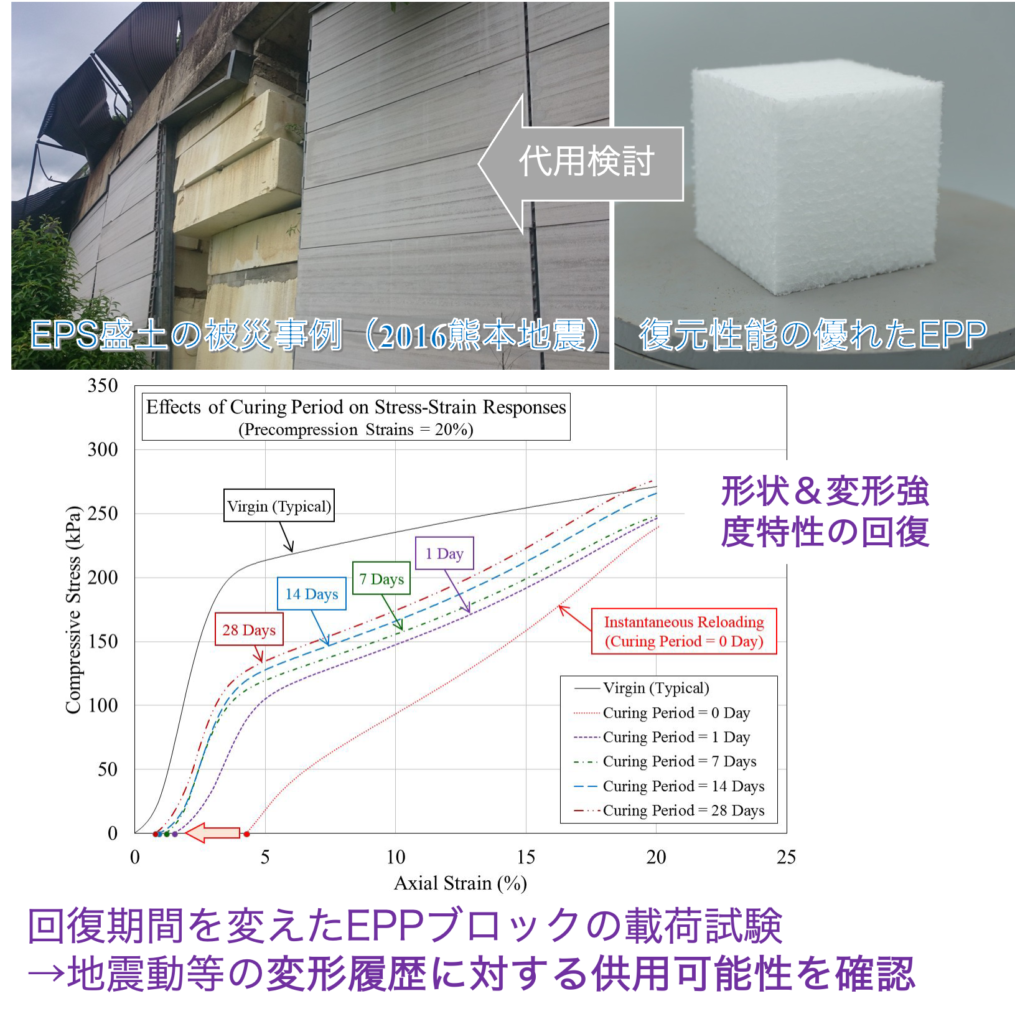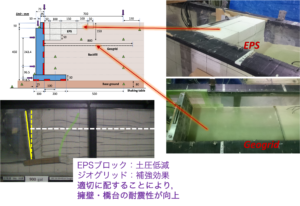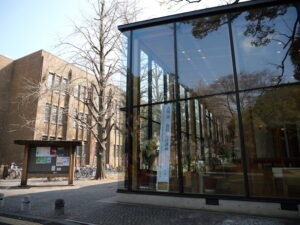Utilizing EPP (Expanded polypropylene) block for a soil structure

Expanded polystyrene (EPS) is widely used as a lightweight fill method for filling on soft ground, backfilling structures, and widening road embankments. On the other hand, EPS road embankments on steep slopes were reported to have been partially damaged by the 2016 Kumamoto earthquake. Although the road embankment has not completely collapsed, the blocks were found to be damaged internally, indicating that the road embankment was subjected to significant loading history due to the earthquake. It is important to understand the recovery performance of the potentially damaged EPS embankment against the loading history.
Expanded polystyrene (EPS) is widely used mainly for packaging materials due to its various properties and economic reasons, and many studies have been conducted on its mechanical properties and various factors that affect them. On the other hand, polypropylene foam (EPP), which is a synthetic resin foam material similar to EPS, has excellent cushioning and recovery properties as well as heat shielding properties and reusability, and its use has been increasing recently, mainly in aircraft and automobiles. In this study, focusing on the restorative properties of EPP blocks, non-monotonic uniaxial compression loading tests were conducted with different loading rates, strain histories, and creep periods to investigate their basic mechanical properties.
Z. Maqsood, J. Koseki and H. Kyokawa: Mechanical Behaviour and Stress-Strain Recovery Characteristics of Expanded Polypropylene, Geosynthetics International (Ahead of print).
京川 裕之, Z. Maqsood, 古関 潤一: 発泡ポリプロピレンブロックの強度・変形特性に及ぼすひずみ履歴とその後のクリープ期間の影響, ジオシンセティックス論文集, Vol. 35.


